
Wine is often described as bottled geography, but in the case of Rasheh, it is also bottled defiance. This wine, born from the soils of Iran and smuggled across borders to be made in neighbouring Armenia, carries more than just flavours of blackberry, cassis, and spice. It carries a story of survival. Rasheh wine is not merely an agricultural product; it is a cultural artifact, a political act, and a poetic resurrection of Persia’s forgotten wine traditions. Remarkably, Rasheh is the first wine made from Iranian grapes in almost 50 years. In a global wine market overflowing with polished brands and over-engineered varietals, Rasheh dares to be different: rare, risky, and deeply real.
Rasheh is the legendary new wine at the heart of the 'Cup of Salvation' documentary, a film that has brought global attention to its extraordinary story. As the wine featured in this acclaimed documentary, Rasheh’s journey from exile to creation is celebrated for its historical and cultural significance. For wine lovers around the globe, tasting Rasheh is a rare chance to experience a piece of living history.
At its core, Rasheh is an indigenous Persian grape variety cultivated in Sardasht County in northwestern Iran, near the Zagros Mountains. The importance of the country, specifically Iran, as the origin of this grape is central to its identity, as the land and its history shape the unique terroir and character of Rasheh. This is a region with ancient viticultural roots, where wine culture flourished thousands of years ago, long before Bordeaux or Napa were even names on a map. Before the Islamic Revolution of 1979, which outlawed the production and consumption of alcohol, Iran was home to more than 300 wineries. However, while places like Georgia and Armenia have proudly rebuilt their ancient wine traditions, Iran’s winemaking has remained largely in the shadows since the revolution. Iran shares a deep wine history with other ancient wine cultures, underscoring its significance in the broader context of global viticulture.
Against this backdrop, the story of Rasheh becomes even more compelling. The grape itself, known as the ancient Persian varietal Rasheh, produces dark, small-berried clusters known for their concentrated flavours and natural acidity. Left alone, it could have slipped into obscurity, a grape grown locally for home use but never known outside its valley. Instead, winemaker Vahe Keushguerian, an Armenian with a reputation for reviving forgotten grapes, took the radical step of smuggling Rasheh grapes across the border into Armenia to vinify them legally. This act highlights the political risks and the ongoing connection to Iran, as native Iranian grapes are used in exile. Vahe Keushguerian is the producer of Rasheh wine, vinified in Armenia after the grapes were smuggled out of Iran. The result was Molana Rasheh, the first modern wine made from this indigenous Persian variety. A milestone in wine history.
Rasheh is more than a wine. It is a statement. Dubbed the “most dangerous wine in the world”, it symbolizes the resilience of Iranian wine culture in the face of prohibition. Even its name is poetic: “Rasheh” in Persian means a fine drizzle of rain, a subtle but life-giving presence, just as this grape has quietly nourished Persian identity through centuries of suppression. The wine is named after the prolific Persian poet Rumi, also known as Molana, and this namesake emphasis highlights themes of purity and elegance that reflect the cultural and historical significance associated with its namesake.
Adding a layer of complexity, “Rasheh wine” is also used in Egypt to describe a style of wine made from free-run juice, meaning the wine is produced only from the liquid that drains naturally from grapes before pressing. It’s a completely different concept, unrelated to the Iranian grape.
For wine educators, this distinction is vital: one is a grape and a political project, the other a method and a style.
The winemaking philosophy behind Rasheh blends ancient instinct with modern natural winemaking. Keushguerian and his team chose an approach that maximizes authenticity, preserving what makes the grape unique while resisting the temptation to over-engineer it. Modern winemaking yielded a wine that preserves the uniqueness of the grape, highlighting the rarity of its provenance.
The importance of vines grown in their original terroir cannot be overstated, as it preserves the authenticity and provenance of the wine.
The process itself feels almost illicit. Imagine carrying grapes across a militarized border, knowing discovery could lead to punishment. Rasheh’s winemaking is not just a craft; it is civil disobedience in liquid form.
So what does this elusive wine actually taste like?
Rasheh is a lovely wine with a strong sense of place, and the wine resembles the purity and artistry of its namesake.
Rasheh’s versatility makes it a natural companion to food. With its balance of fruit, spice, and acidity, it can dance with both traditional Persian dishes and global classics.
Rasheh’s terroir is as dramatic as its story. The wine’s provenance is the Vahe Keushguerian region, a historic area in Sardasht County, Iran, known for its unique volcanic soils and high-elevation vineyards.
Placed alongside Georgia’s Kakheti or Lebanon’s Bekaa Valley, Sardasht proves Iran has the terroir to stand shoulder to shoulder with other ancient wine cultures. What it lacks is not terroir but permission.
Rasheh is not a wine to overthink, but it does benefit from proper handling:
Rasheh defies easy categorization but invites comparison:
This makes Rasheh a useful teaching tool: it shows how indigenous grapes can both mirror and diverge from global classics.
Rasheh raises fascinating questions about sustainability—ecological, cultural, and ethical.
In sustainability discussions, Rasheh represents a reminder that preservation is not only about farming methods but also about protecting stories, identities, and traditions under threat.
Rasheh is not just another wine to add to your tasting notes. It is an act of resistance, a poem written in liquid form, a connection to an Iran that once exported wine as freely as poetry. Every sip carries risk, heritage, and resilience.
In a wine world dominated by safe, predictable options, Rasheh stands out. It asks uncomfortable but necessary questions:
For the adventurous drinker, Rasheh is a reminder of what wine should be: not just fermented juice, but a vessel of story, struggle, and survival. It is, quite literally, the taste of defiance.

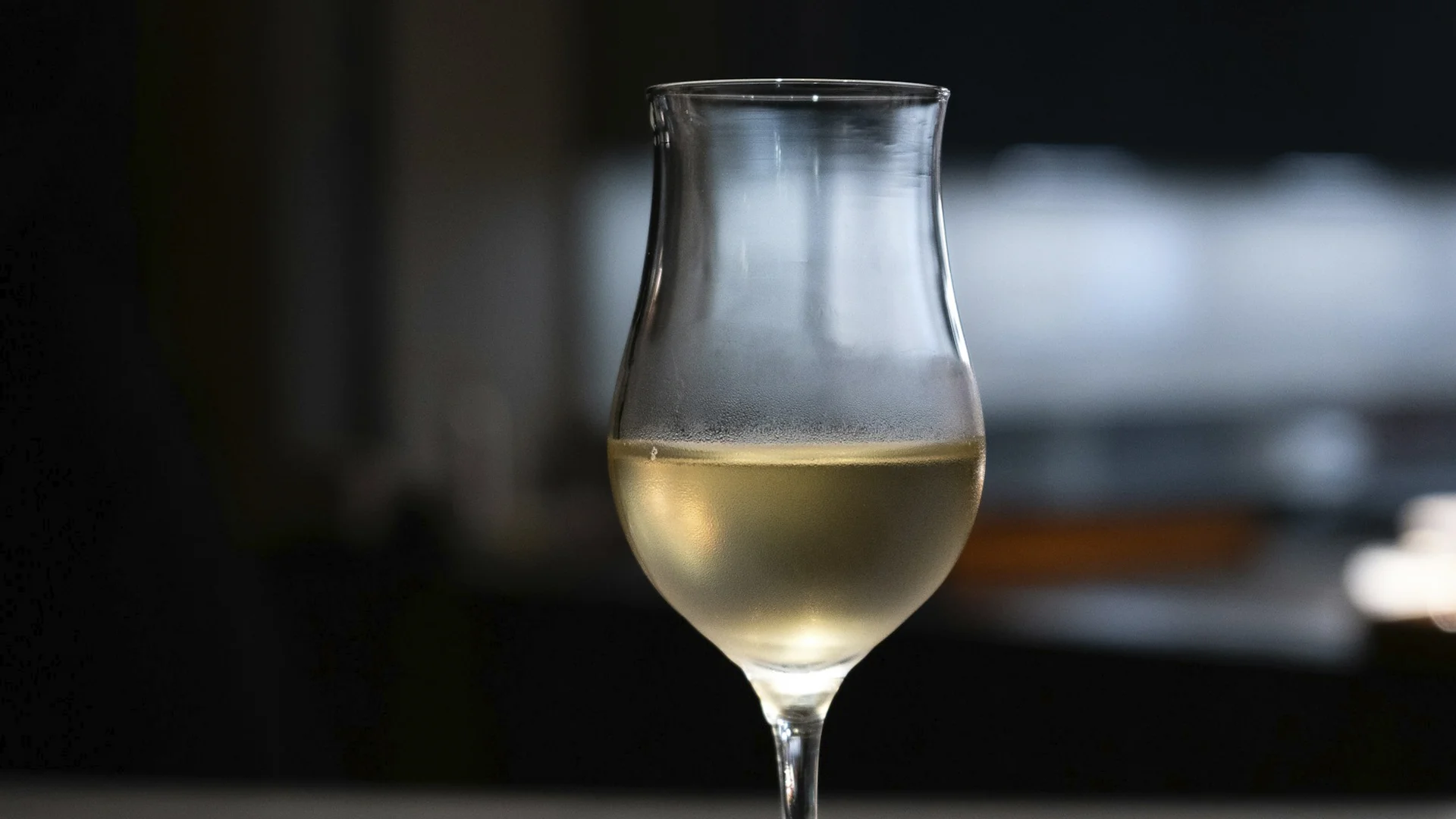
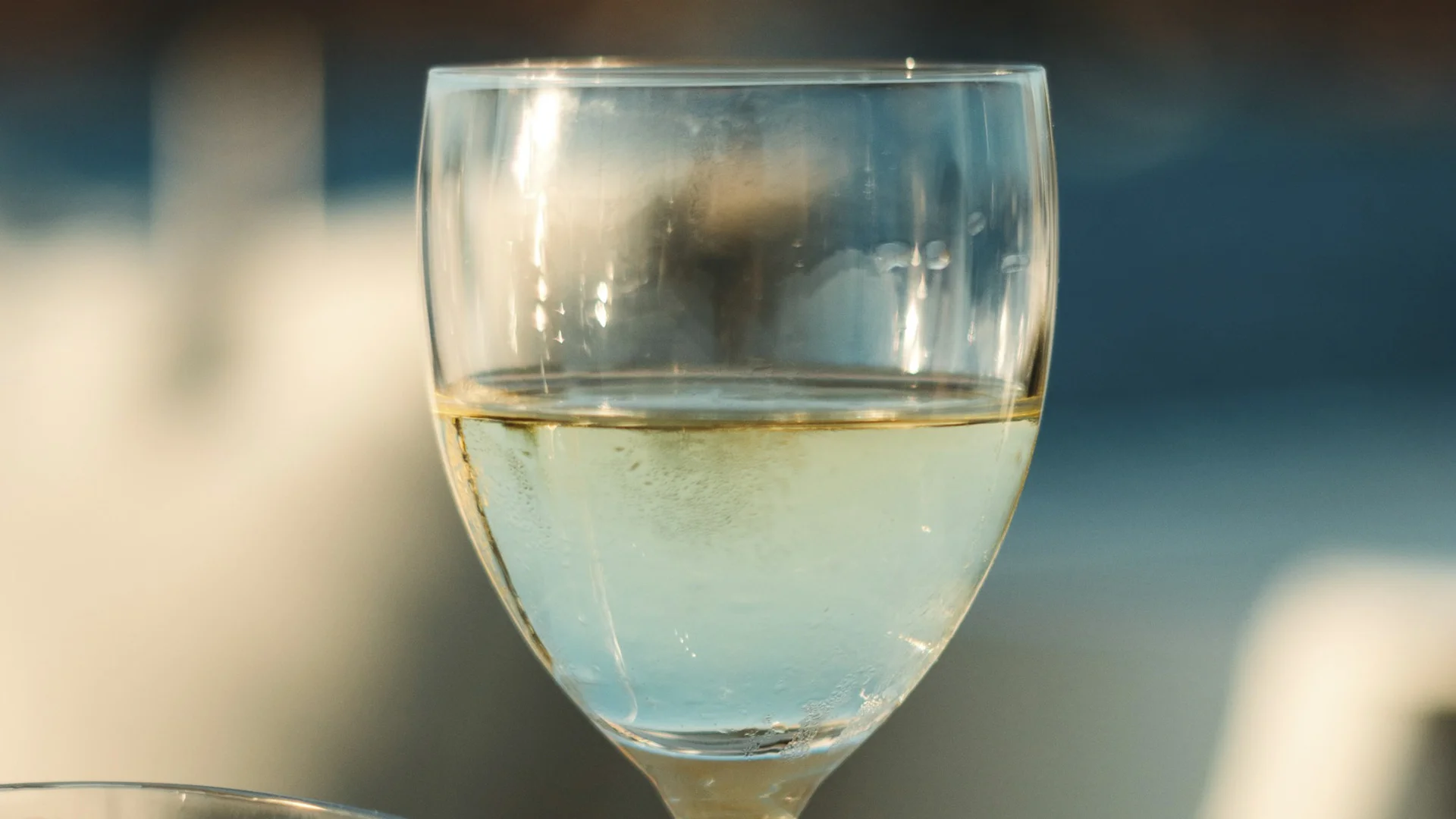



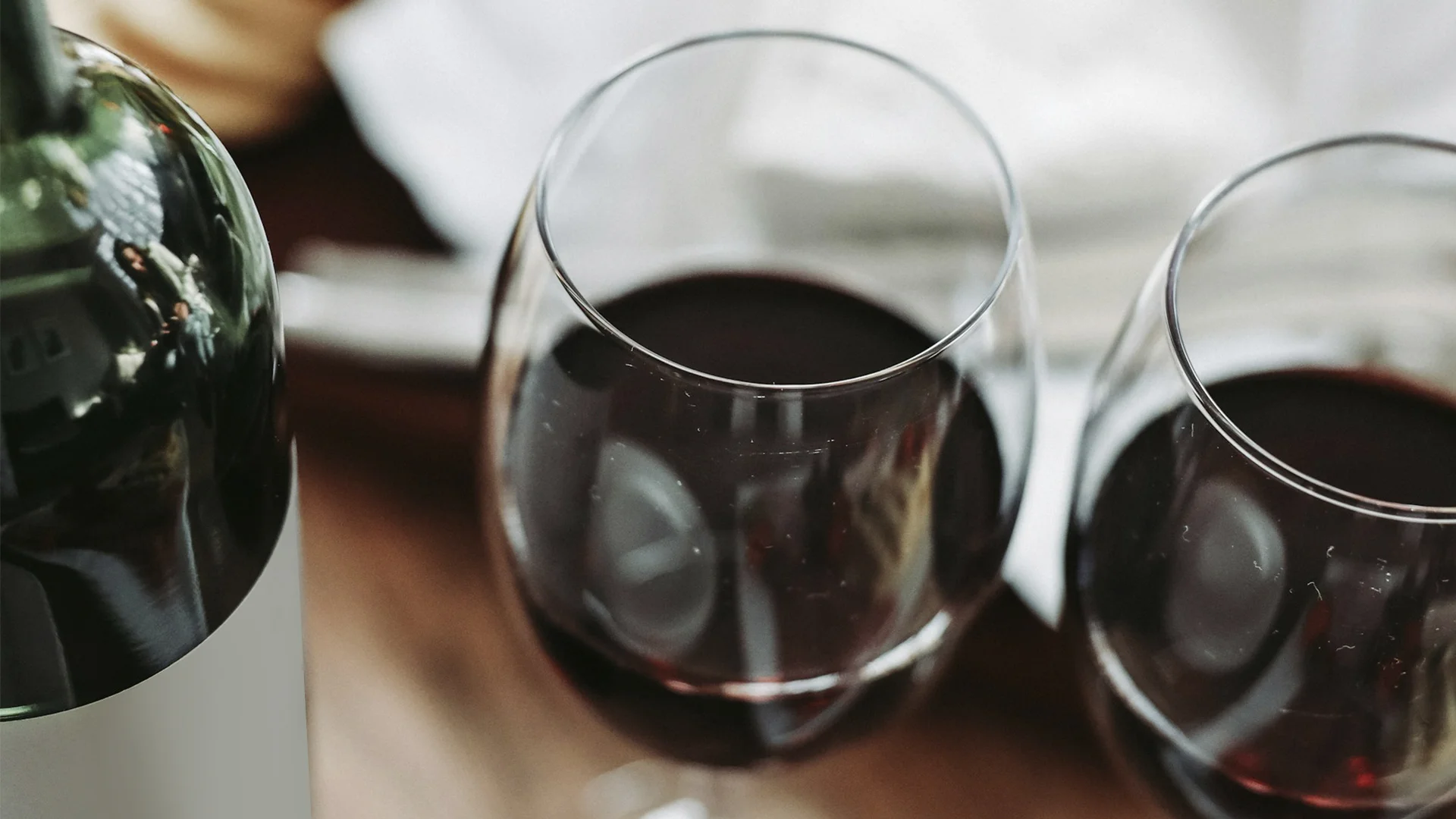
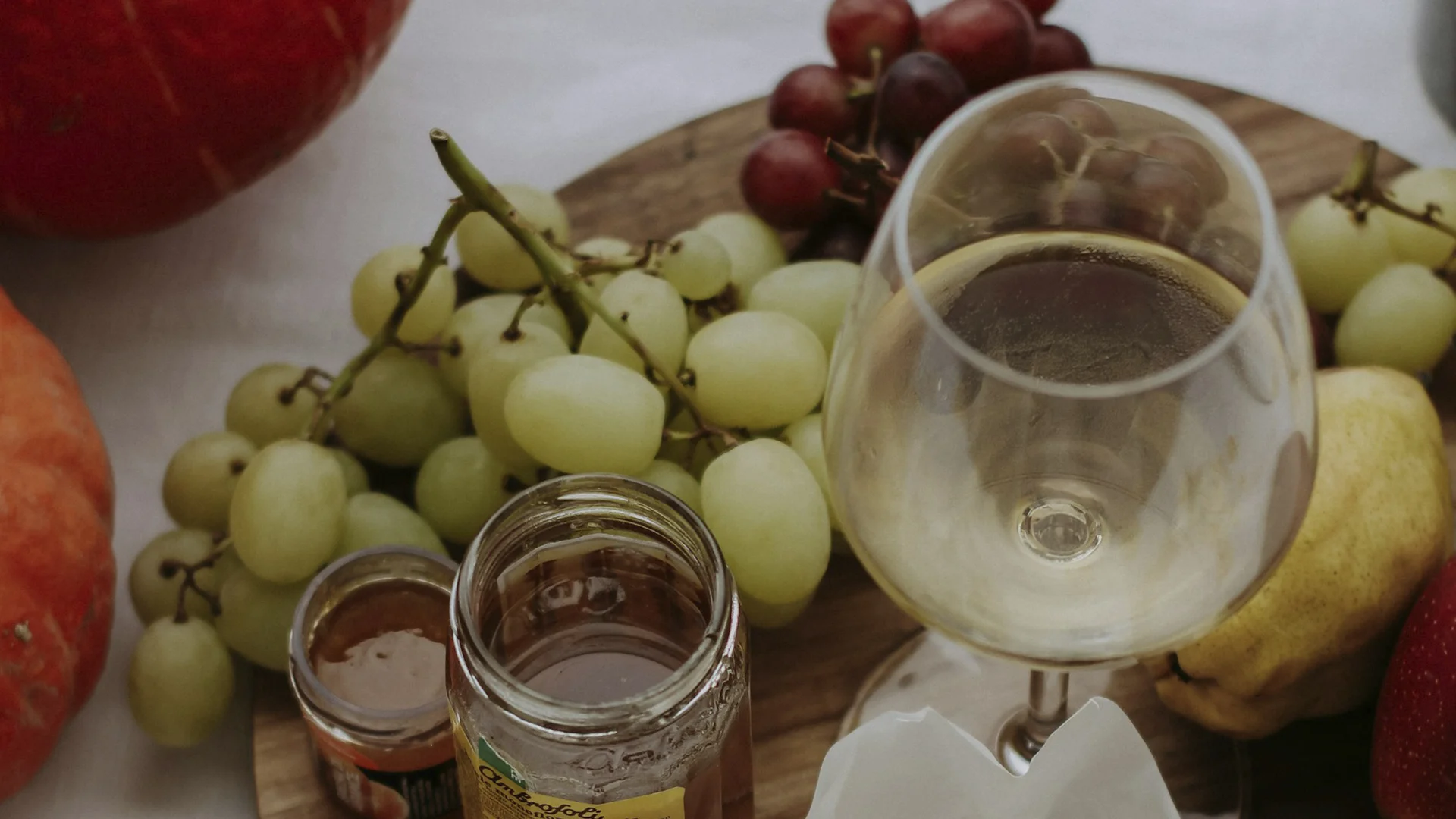


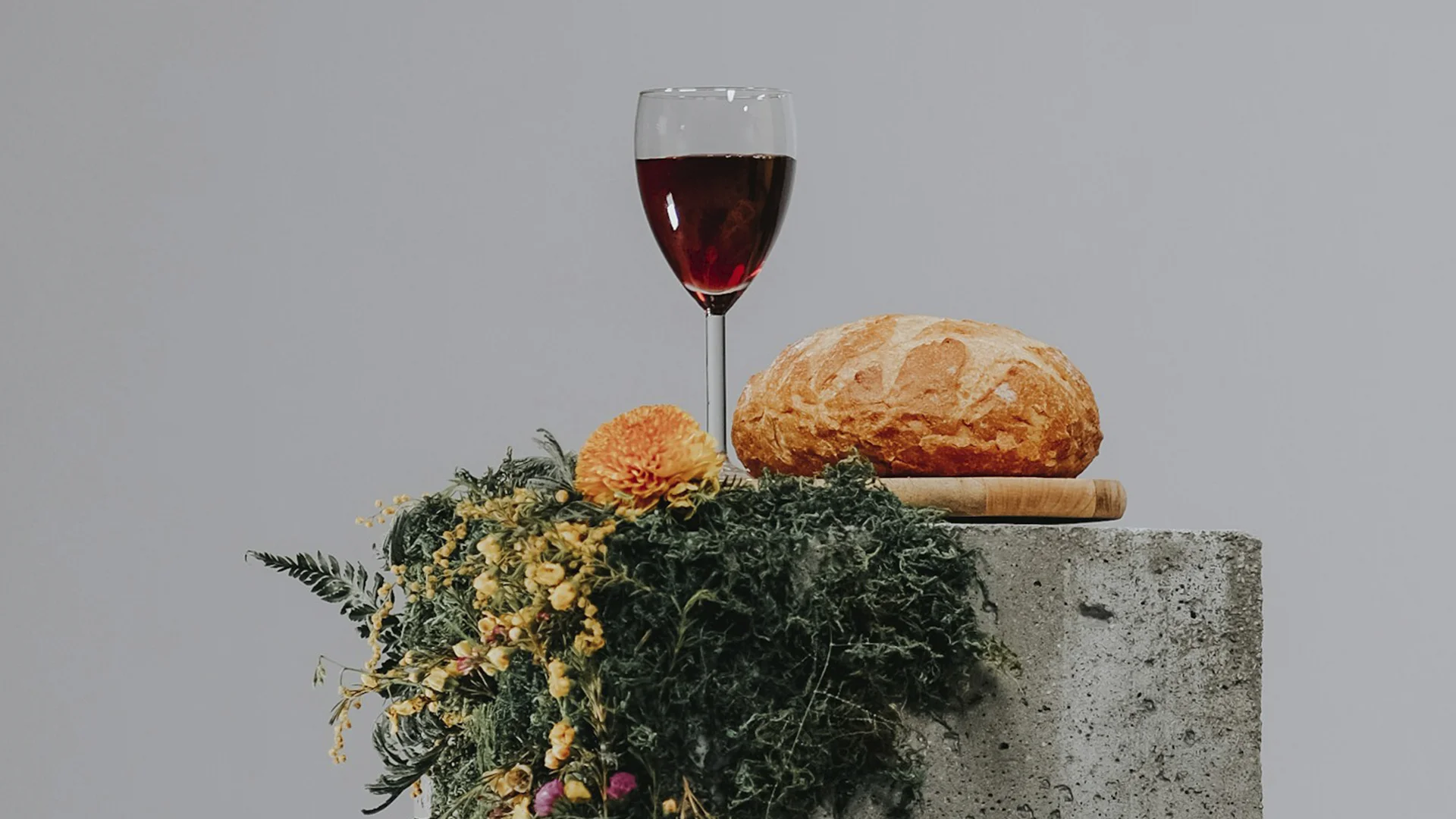




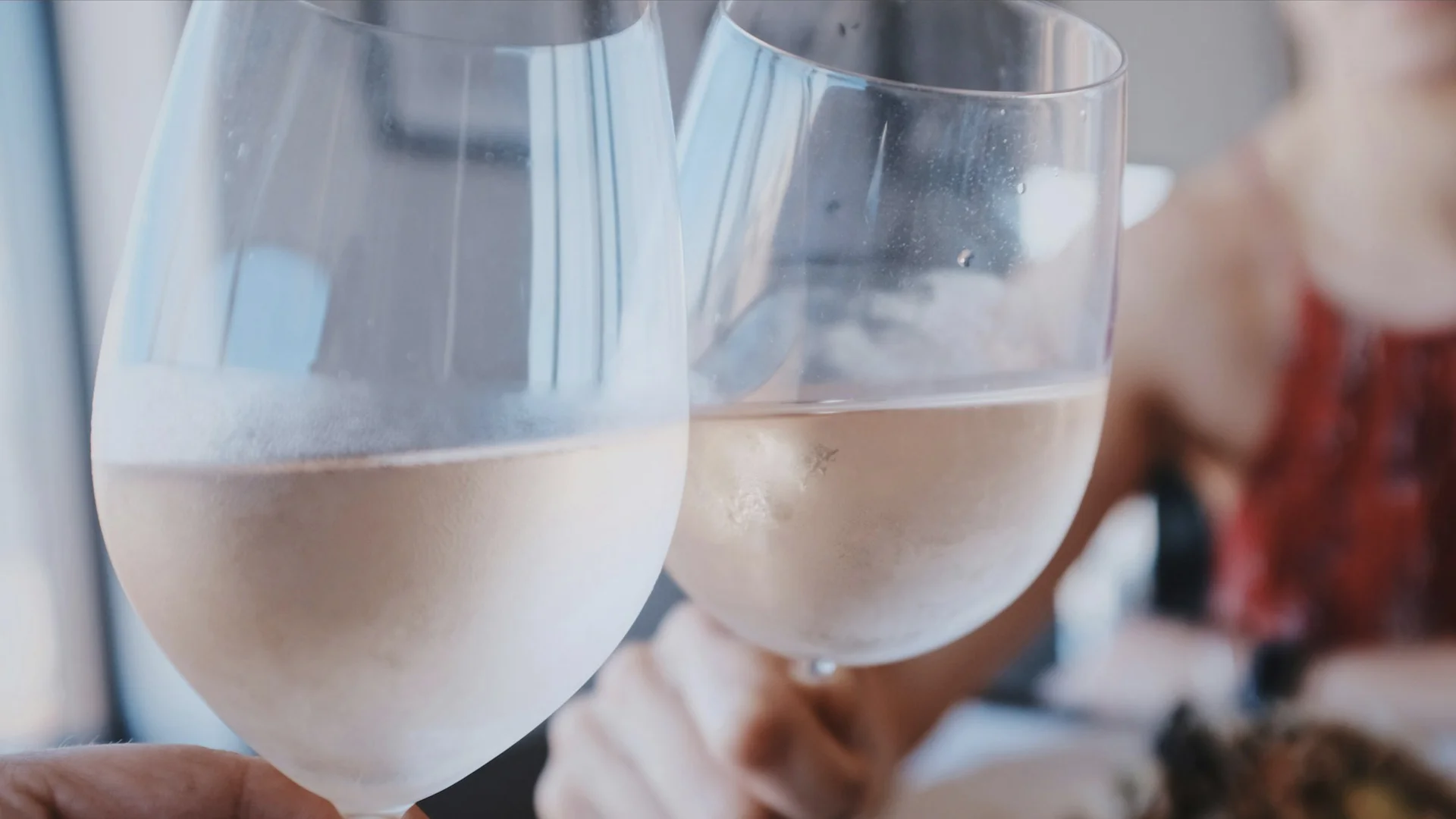

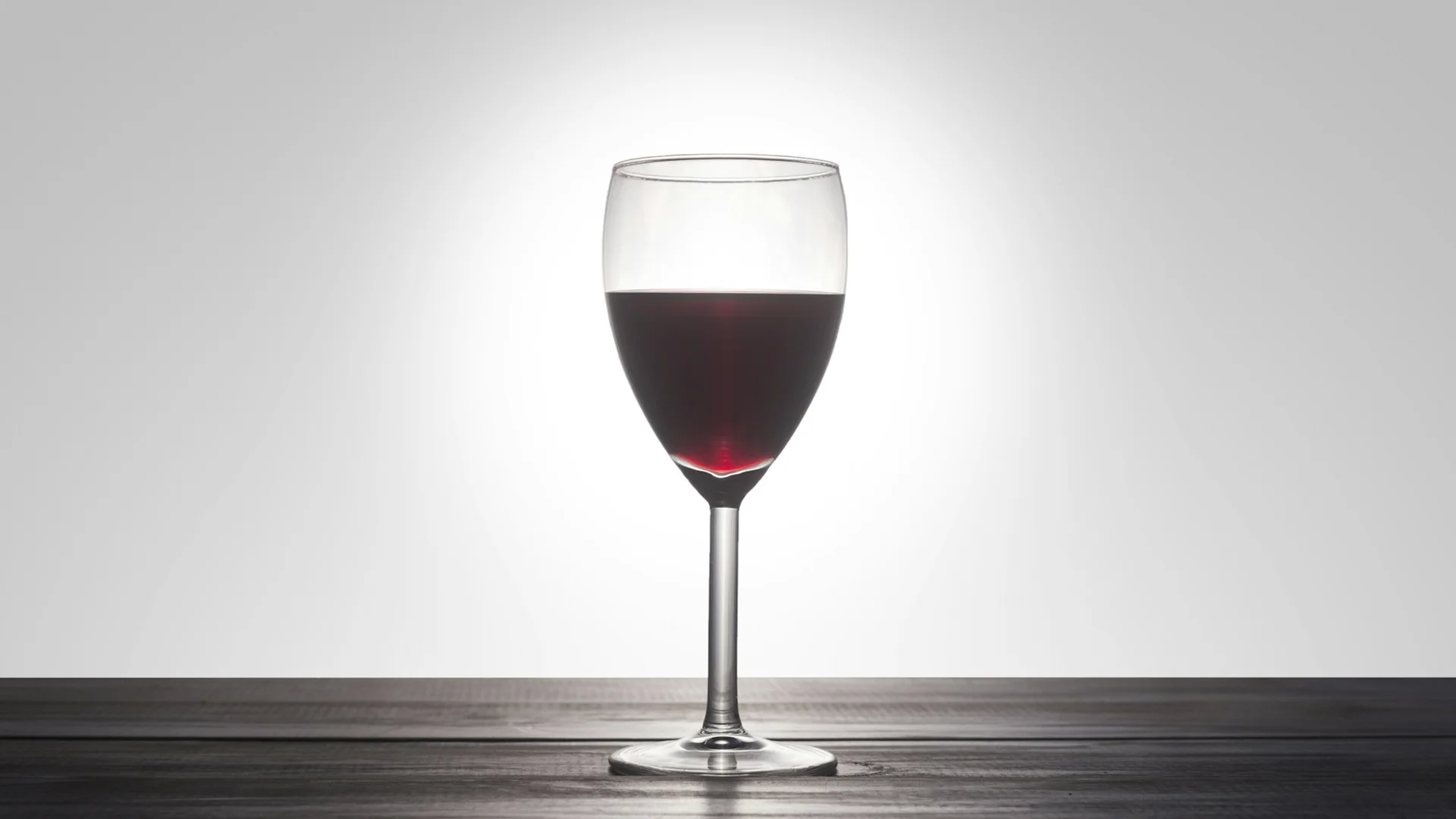


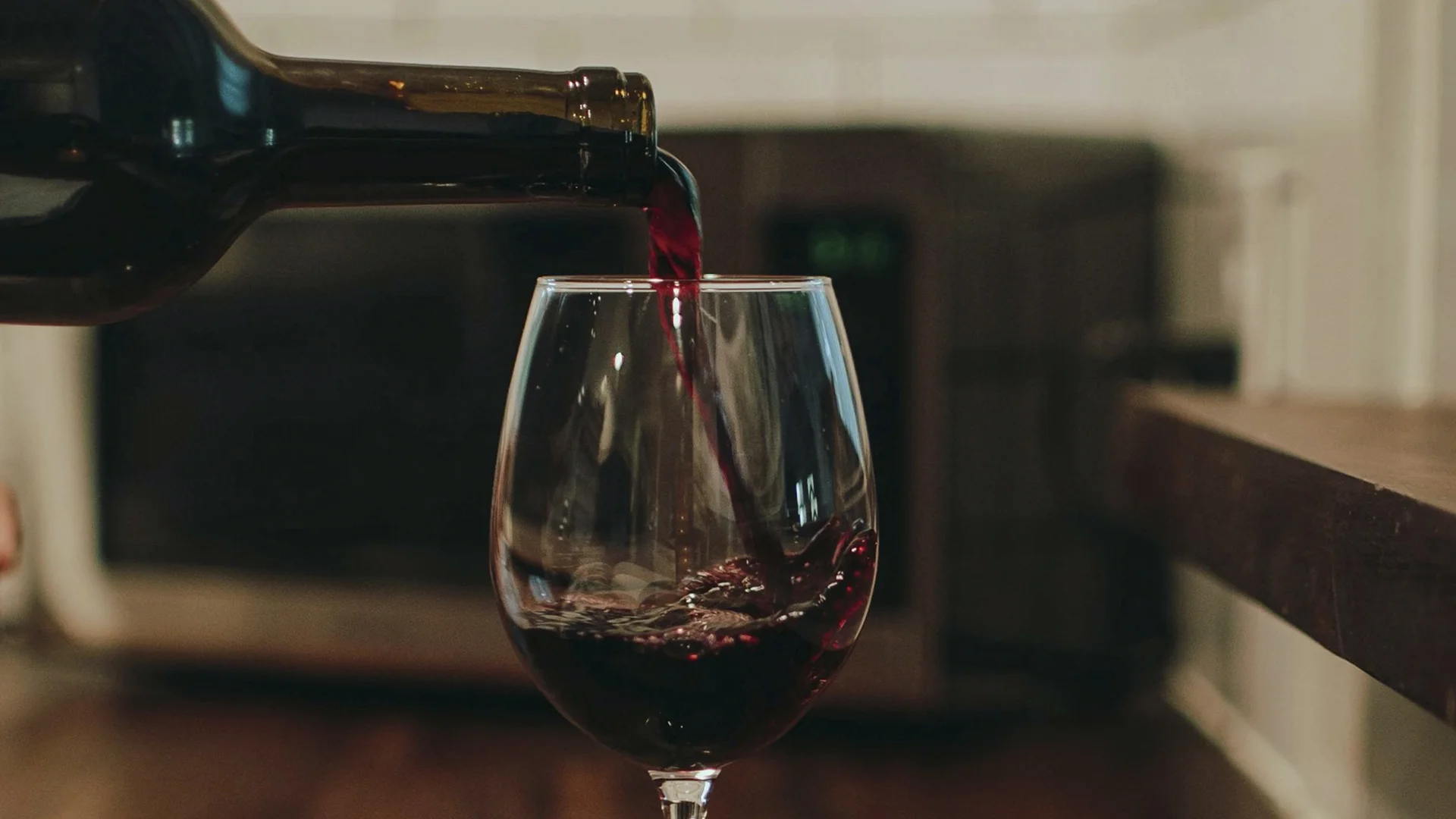
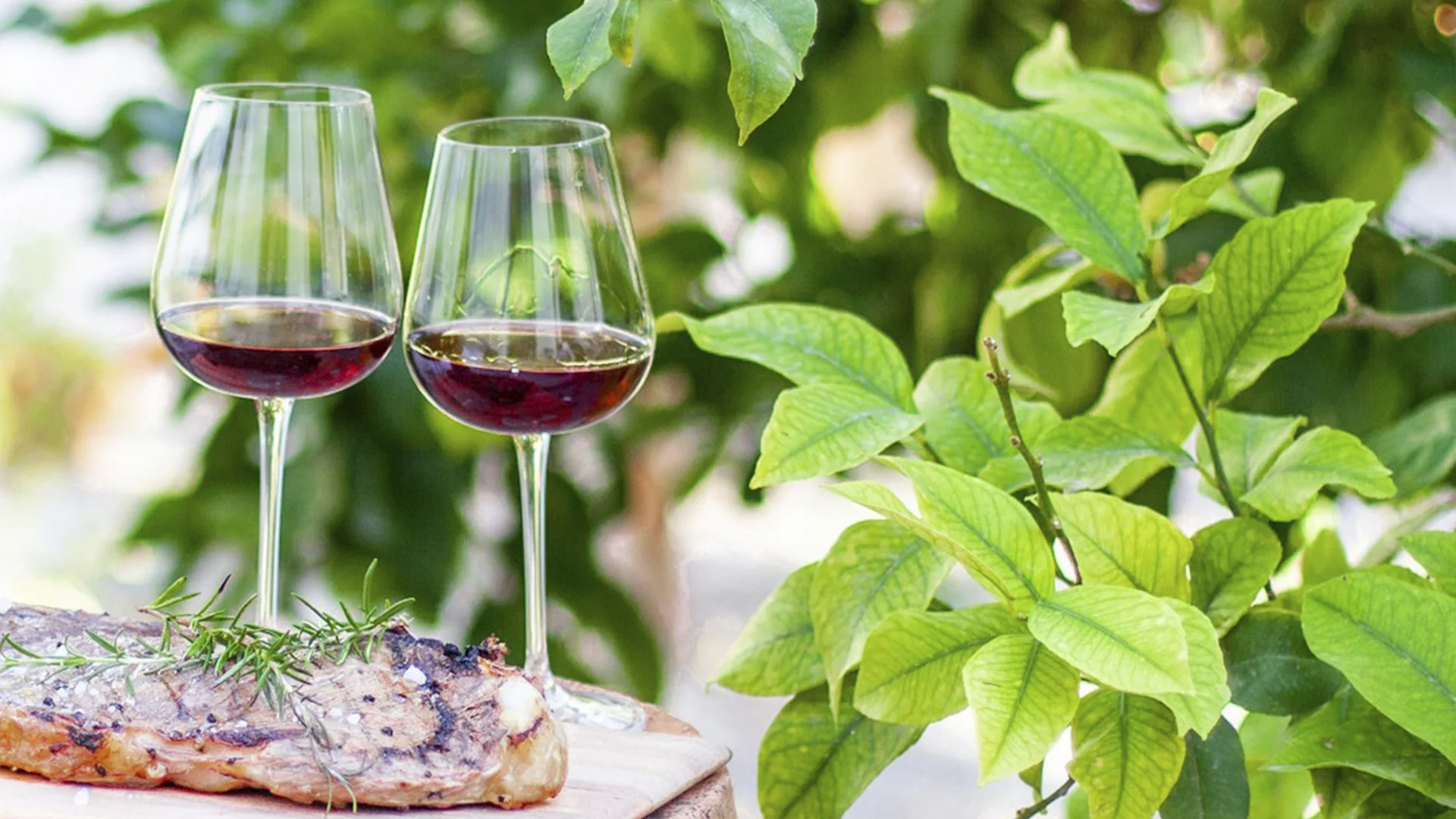

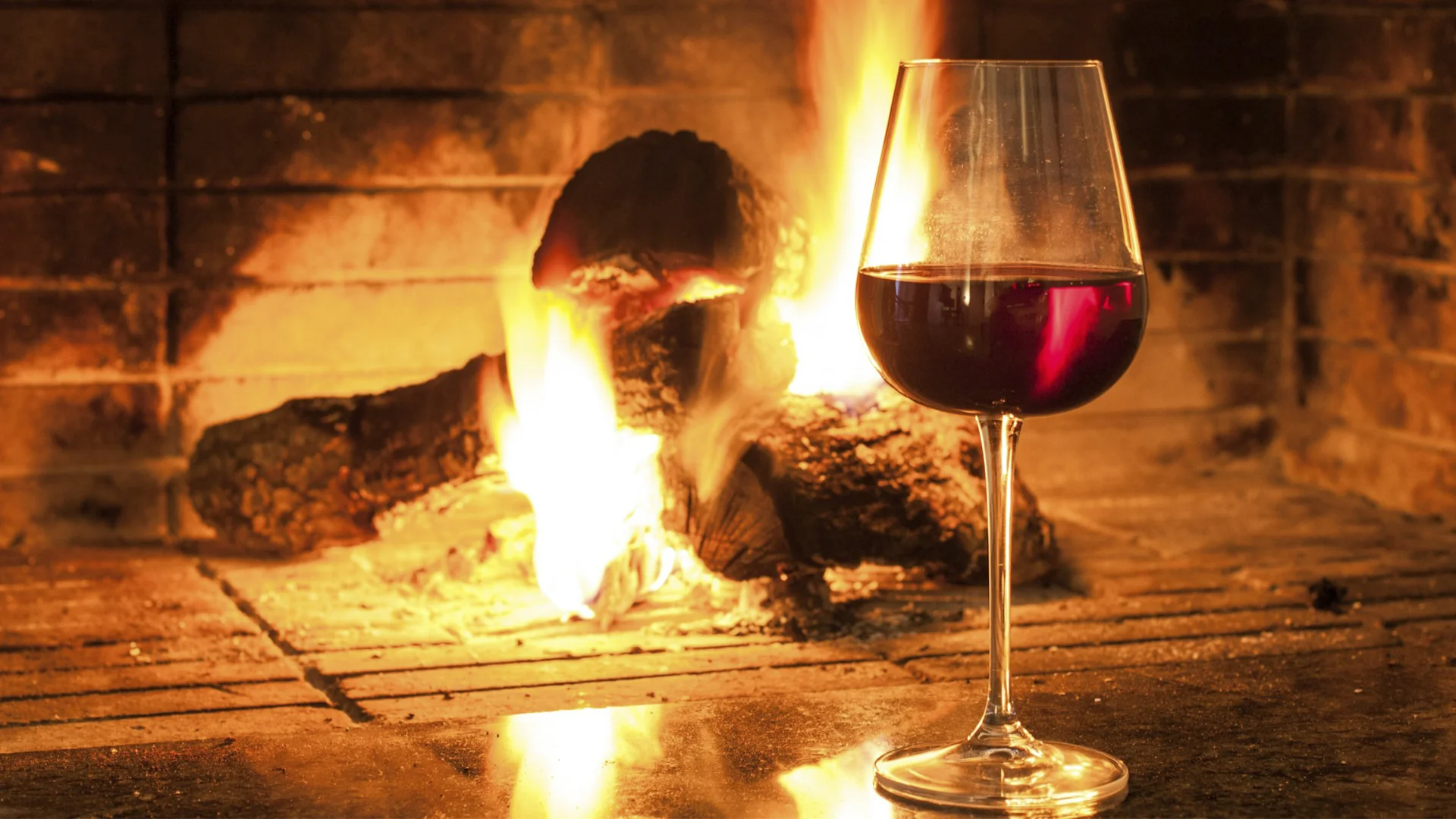



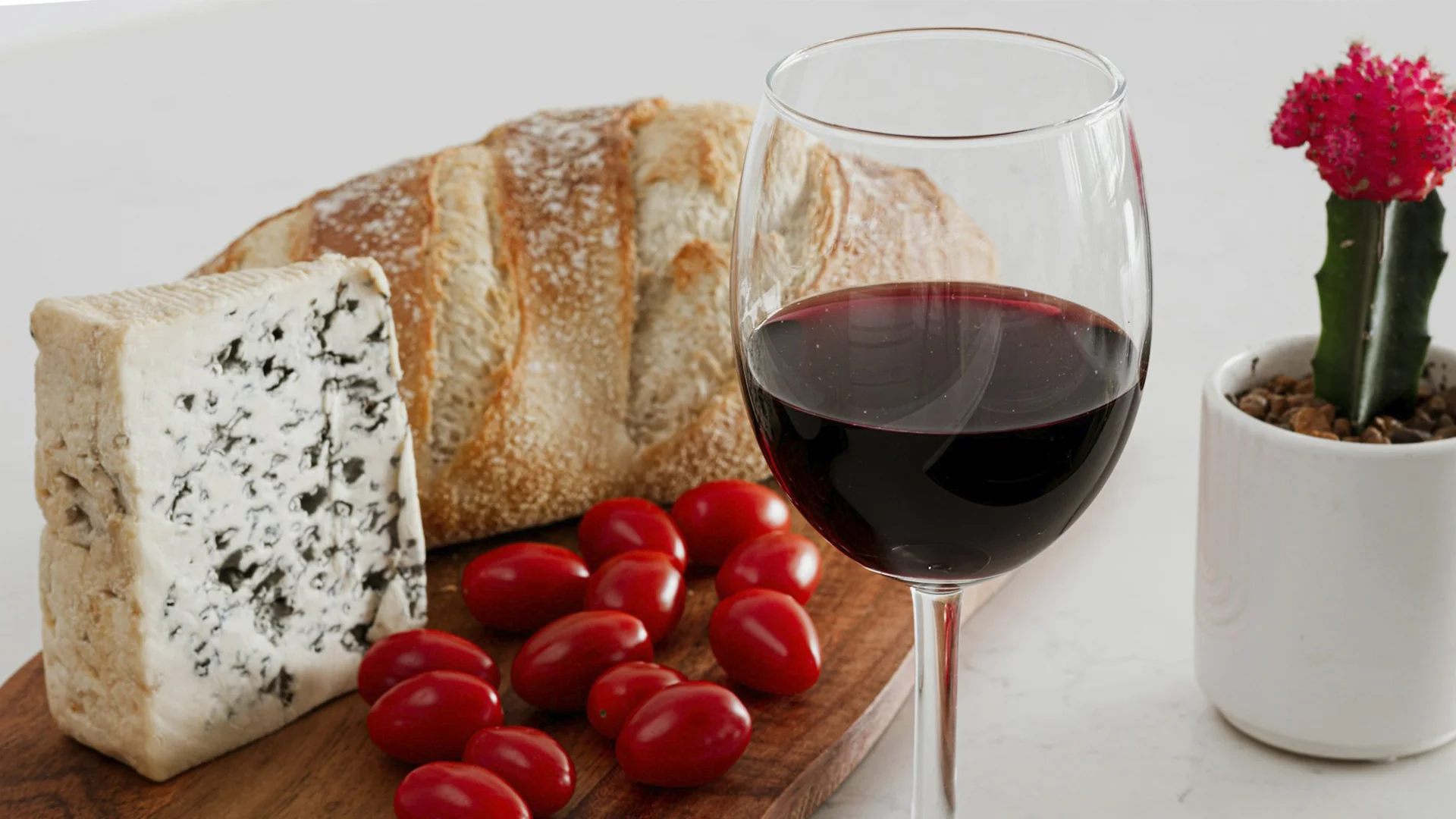


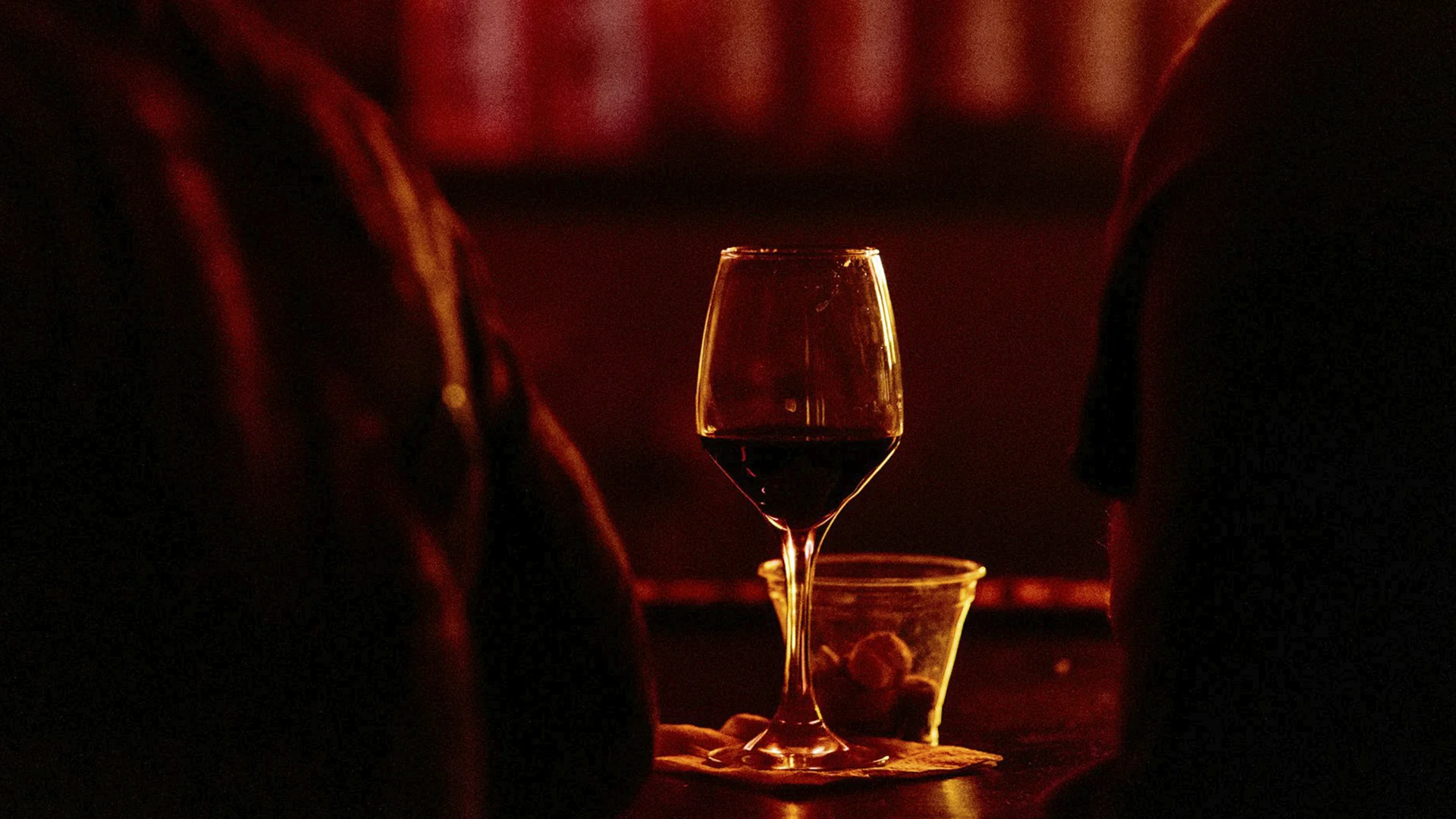
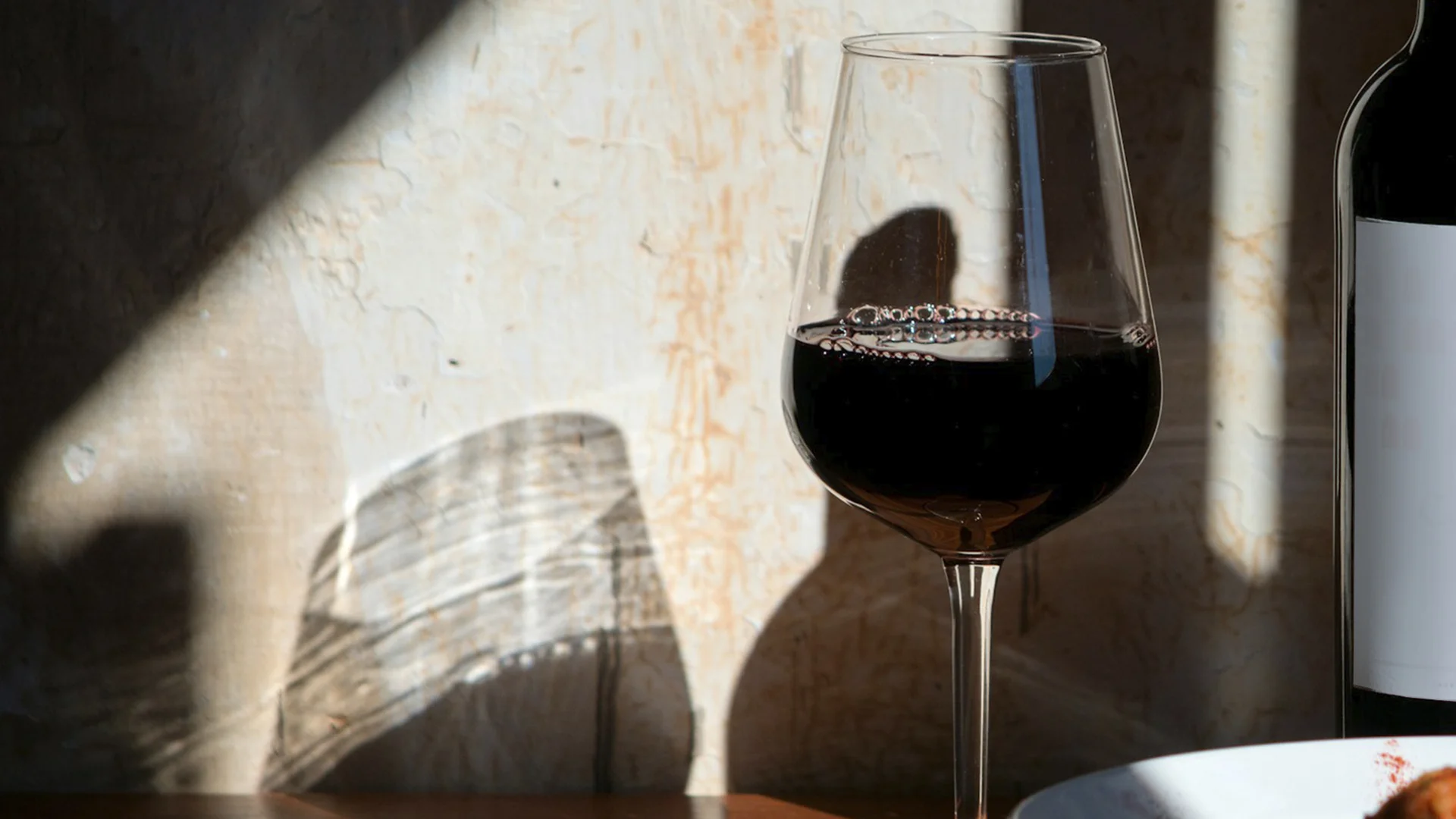
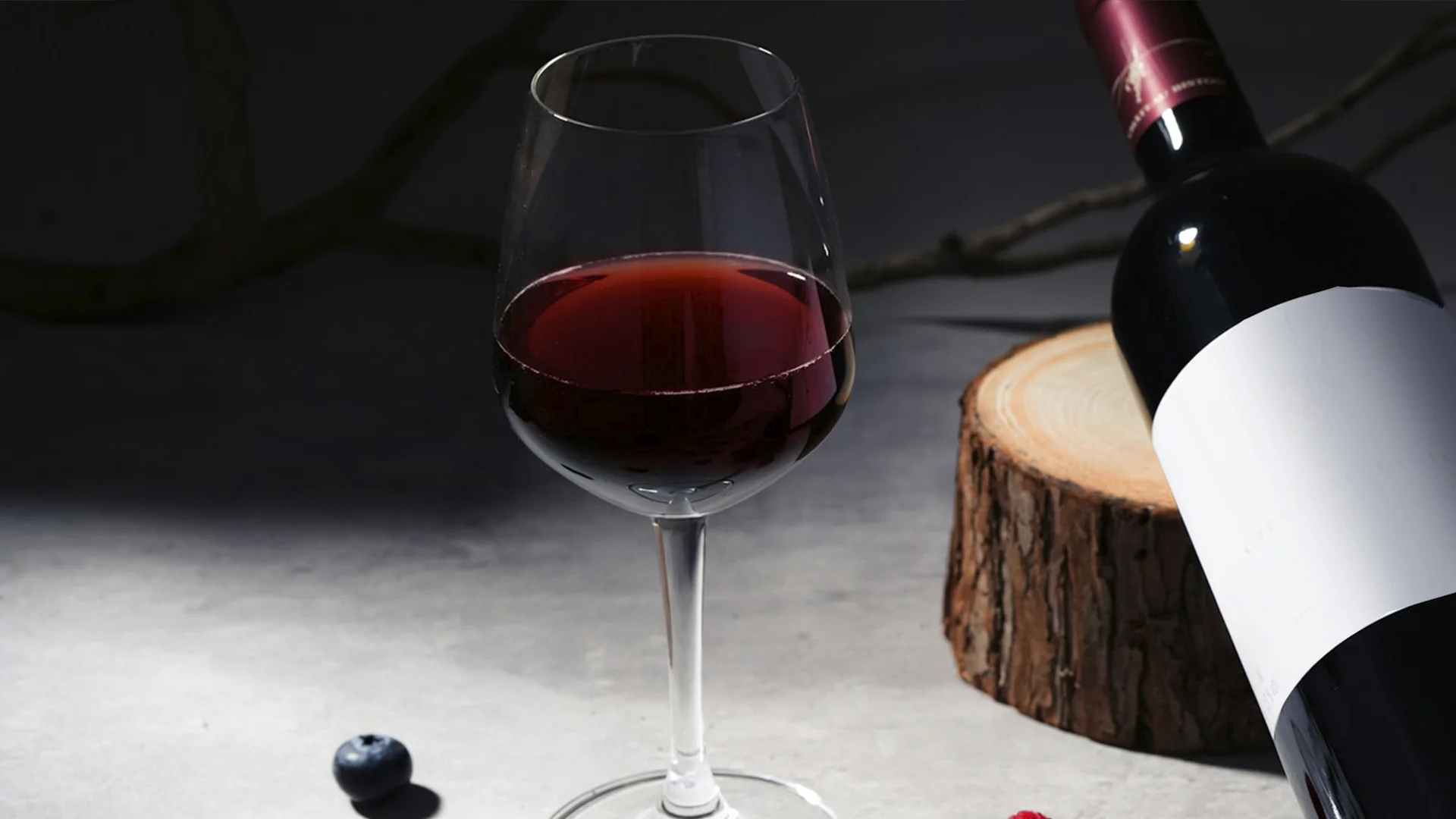
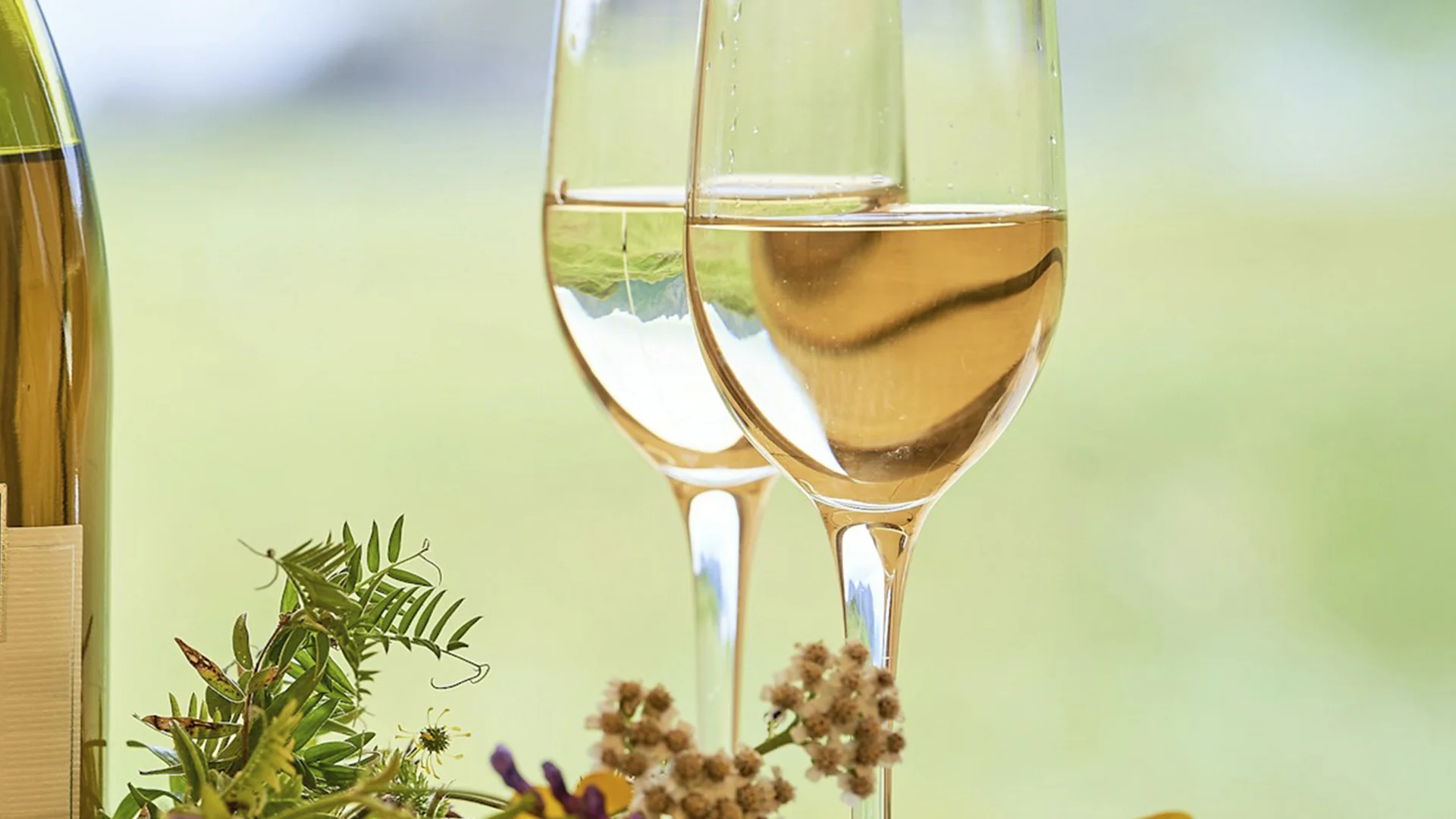
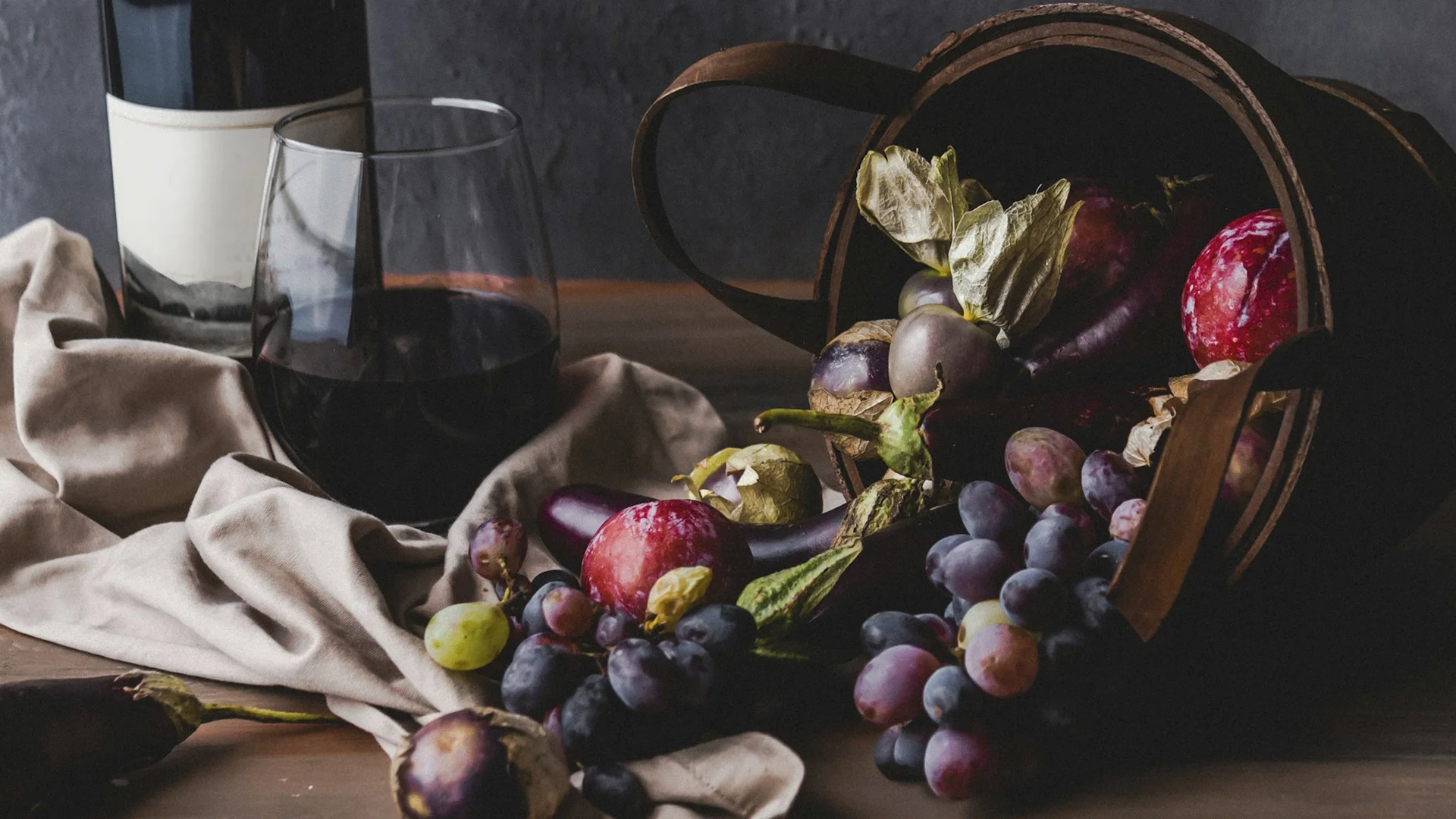
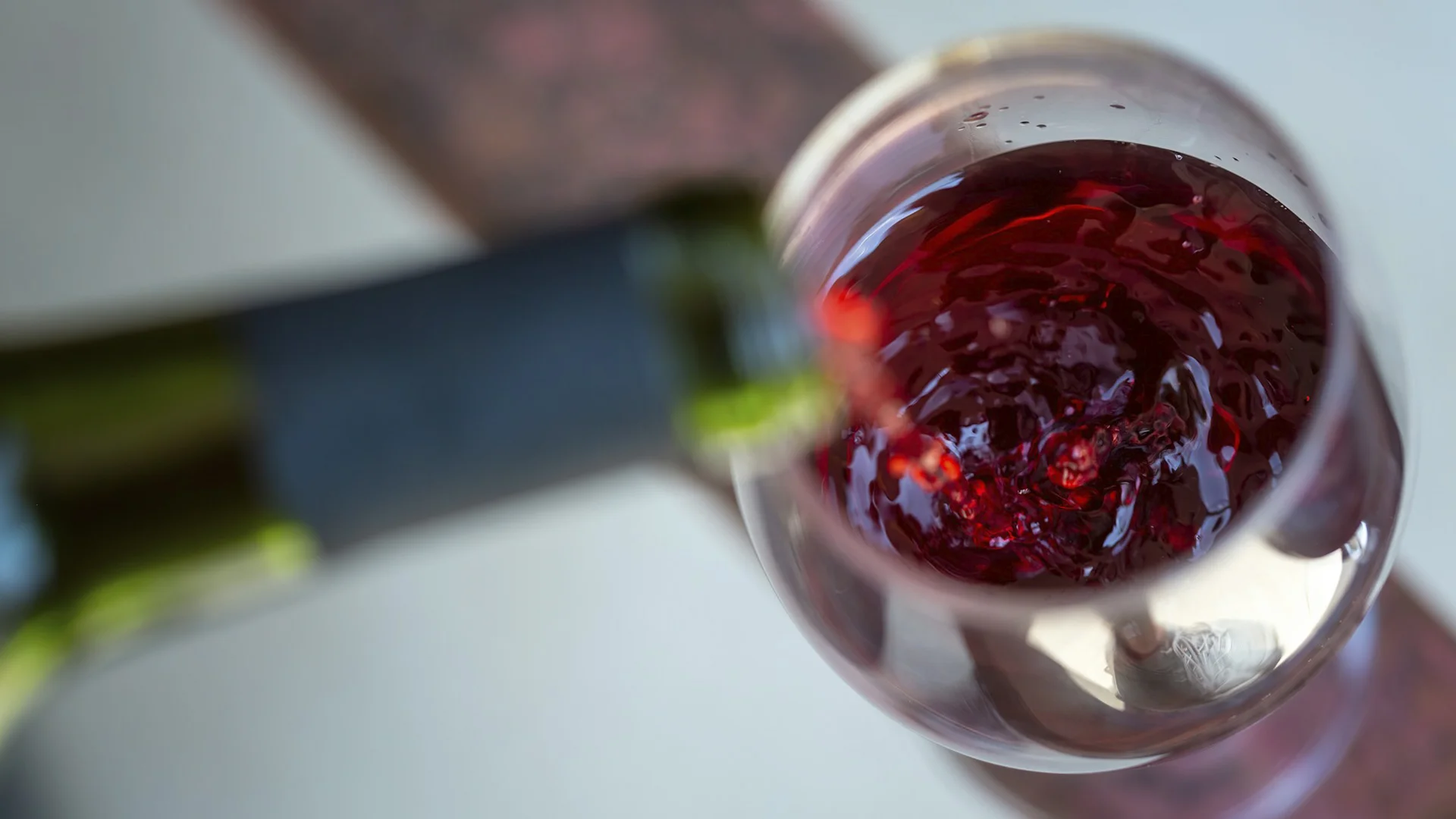
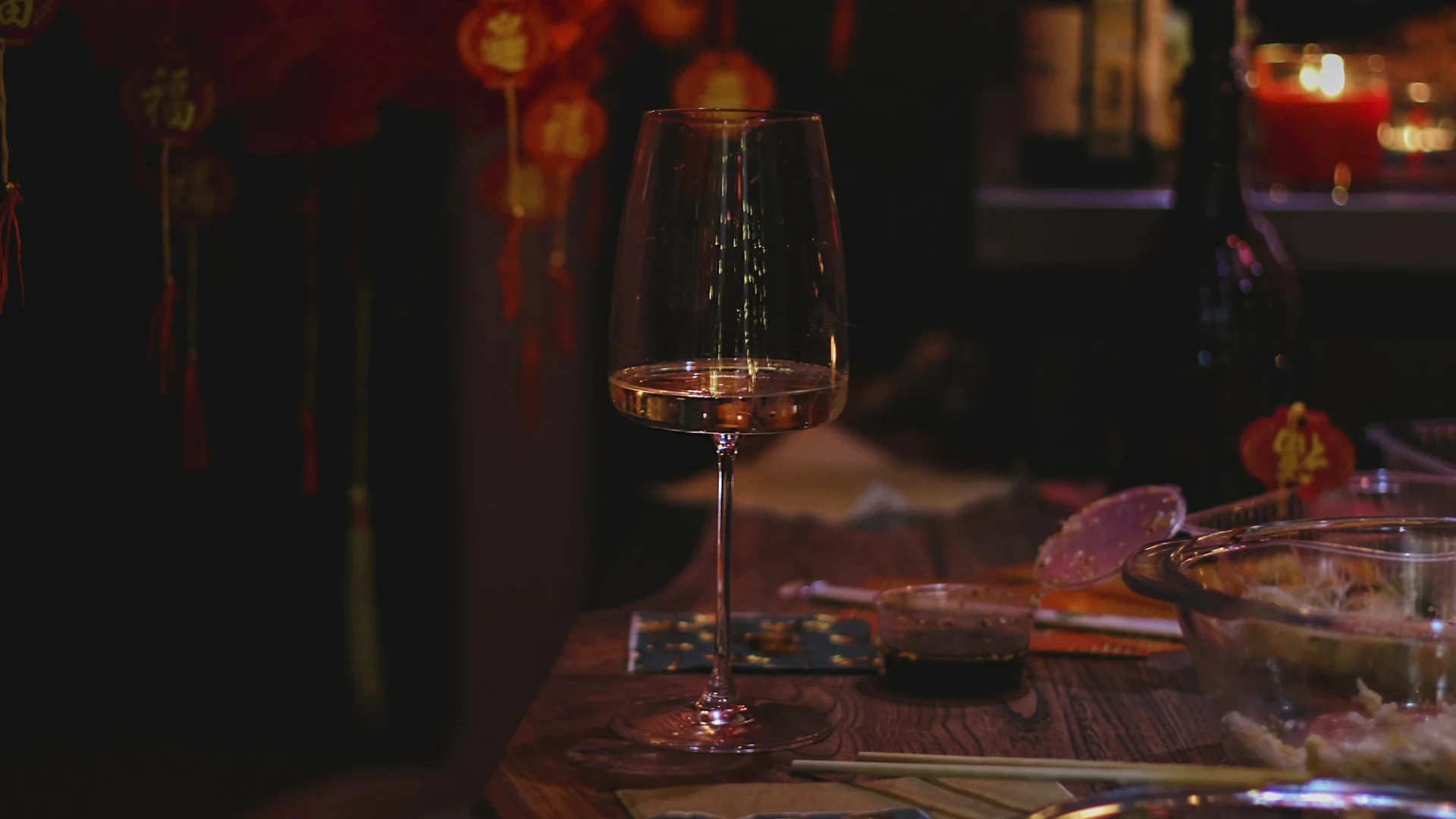






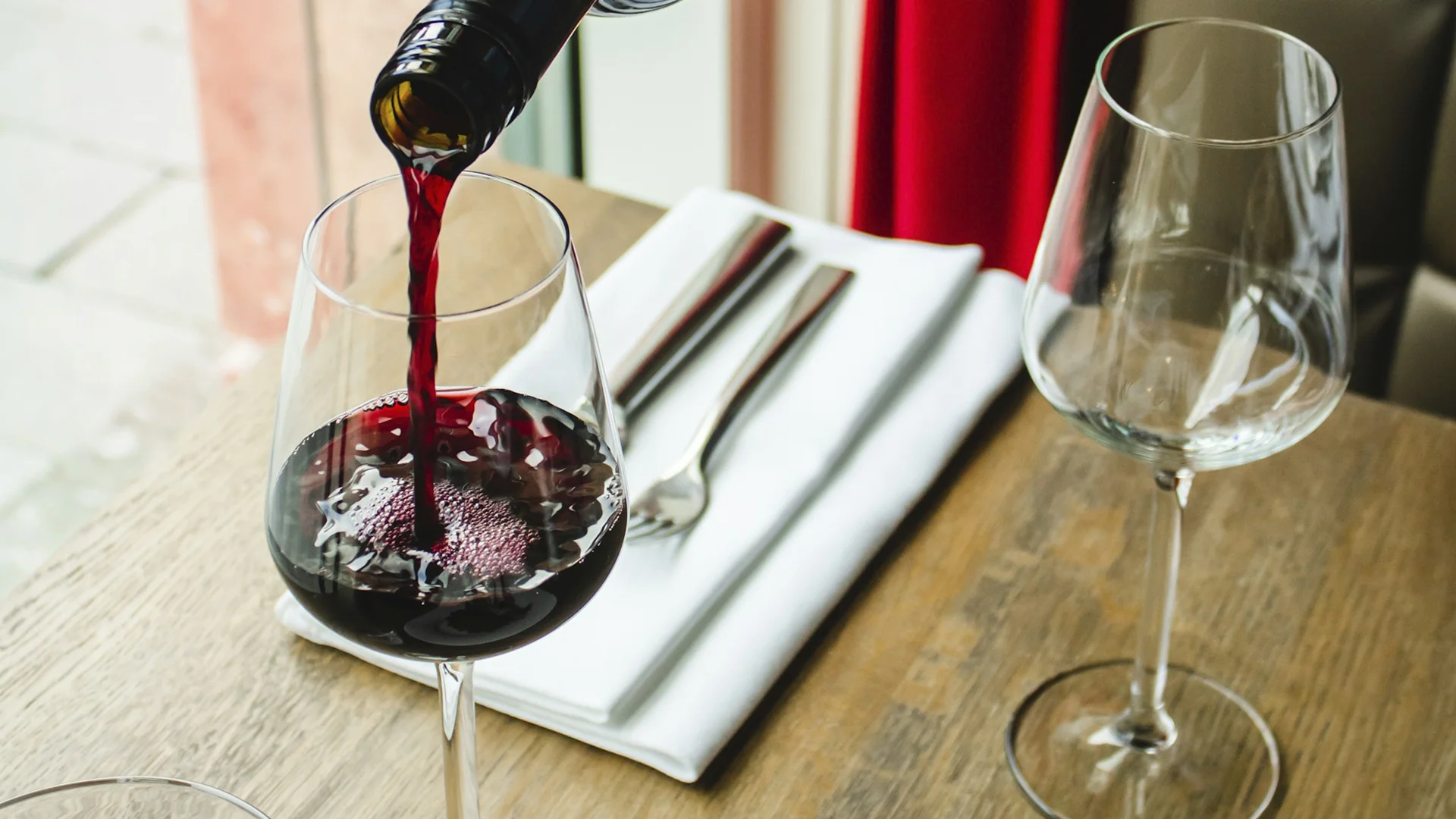












.webp)

.webp)
.webp)
.webp)



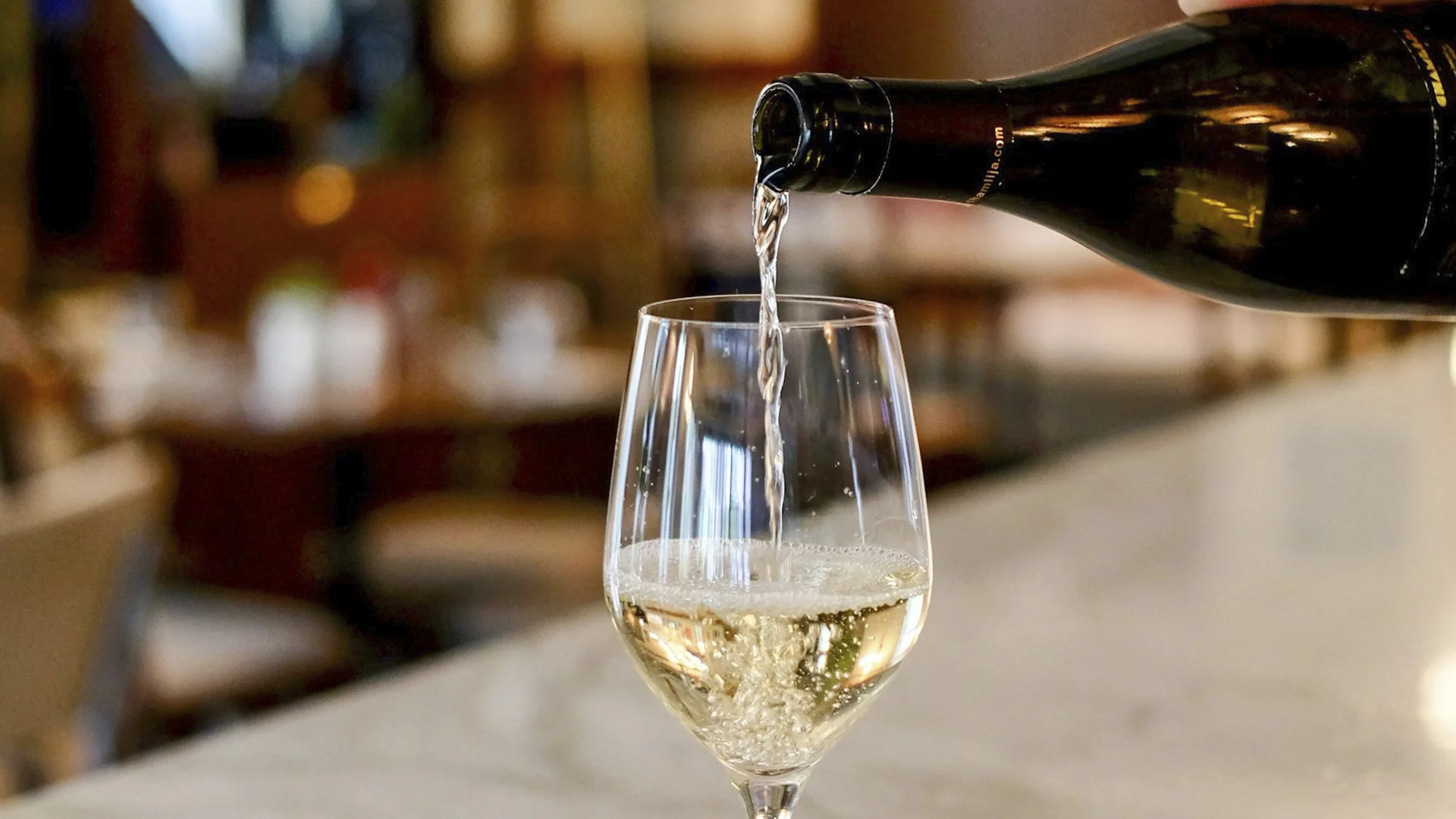


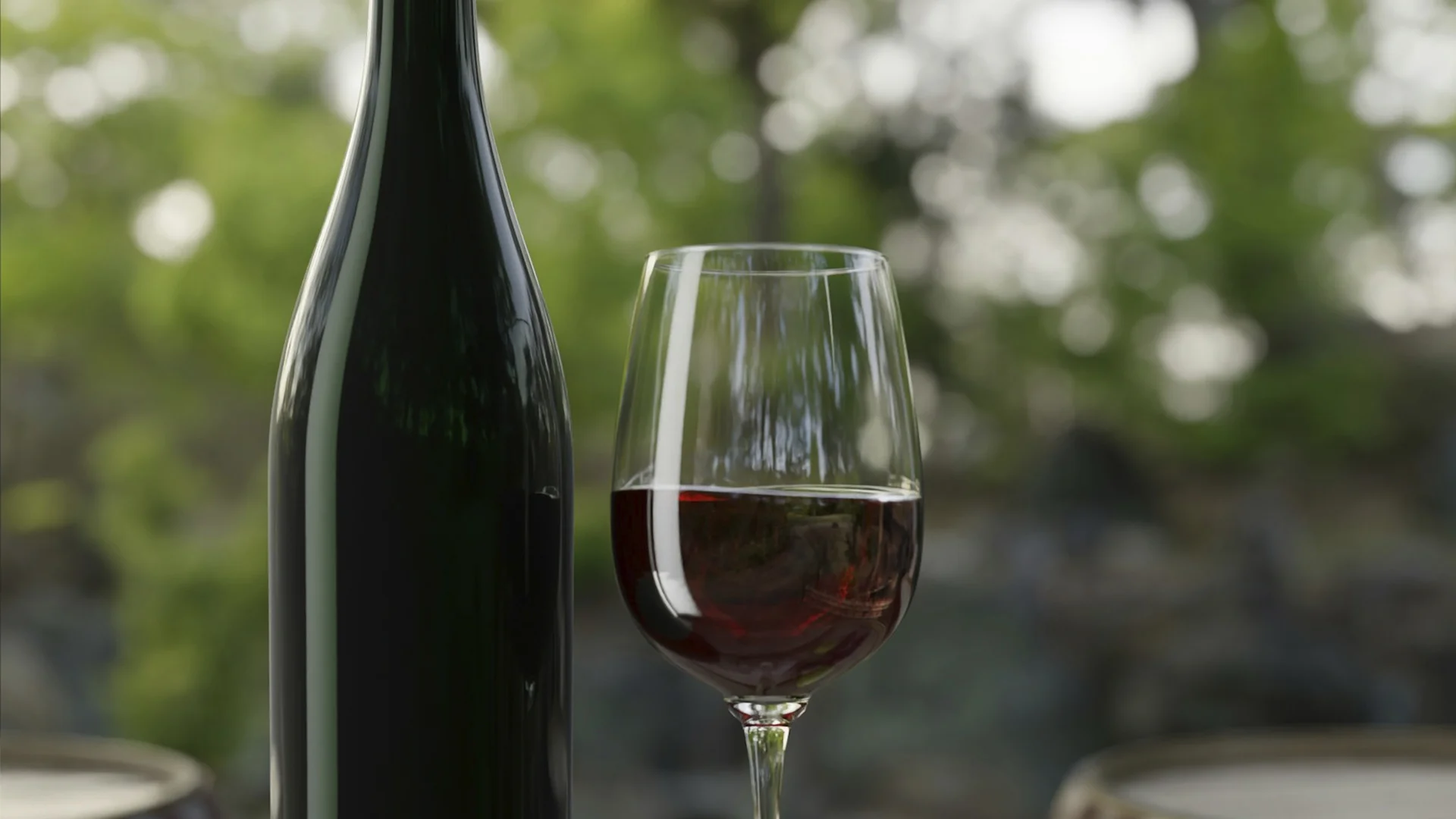



















.webp)













Are you interested in
collaborating with us?